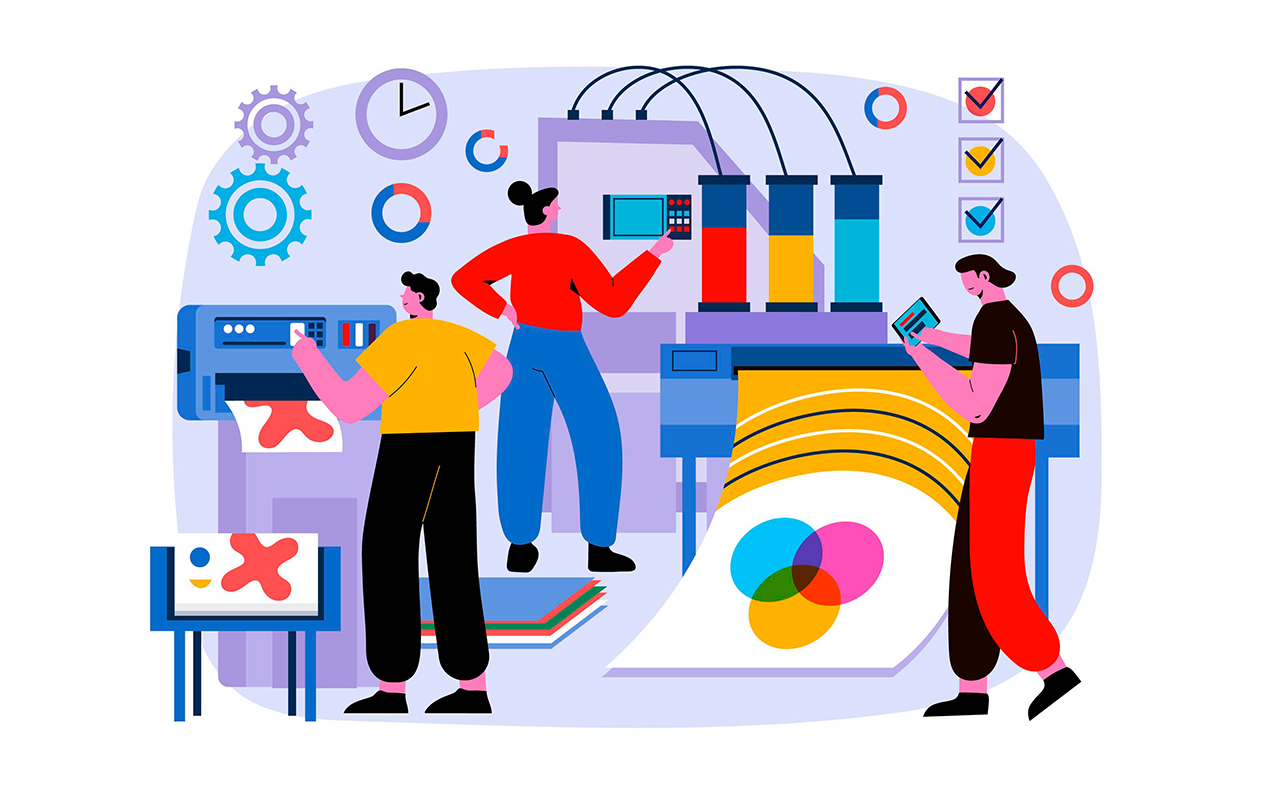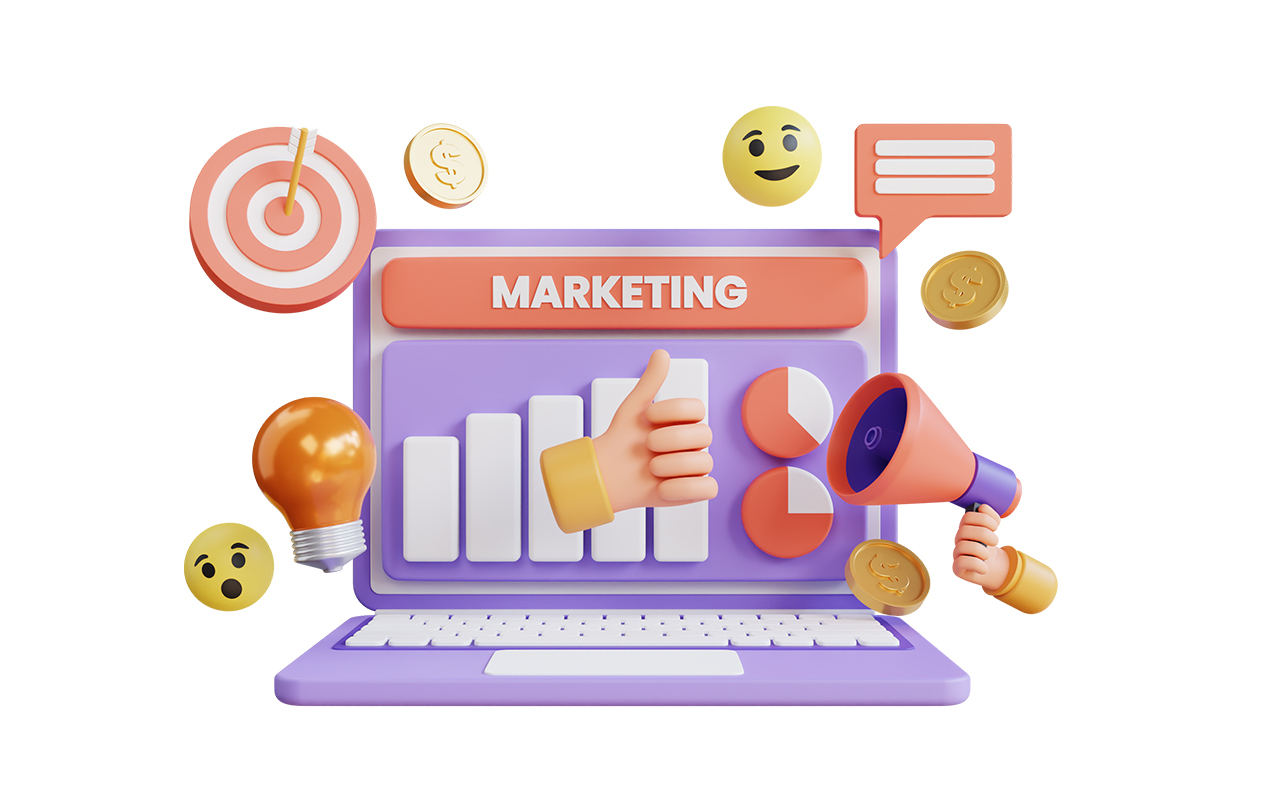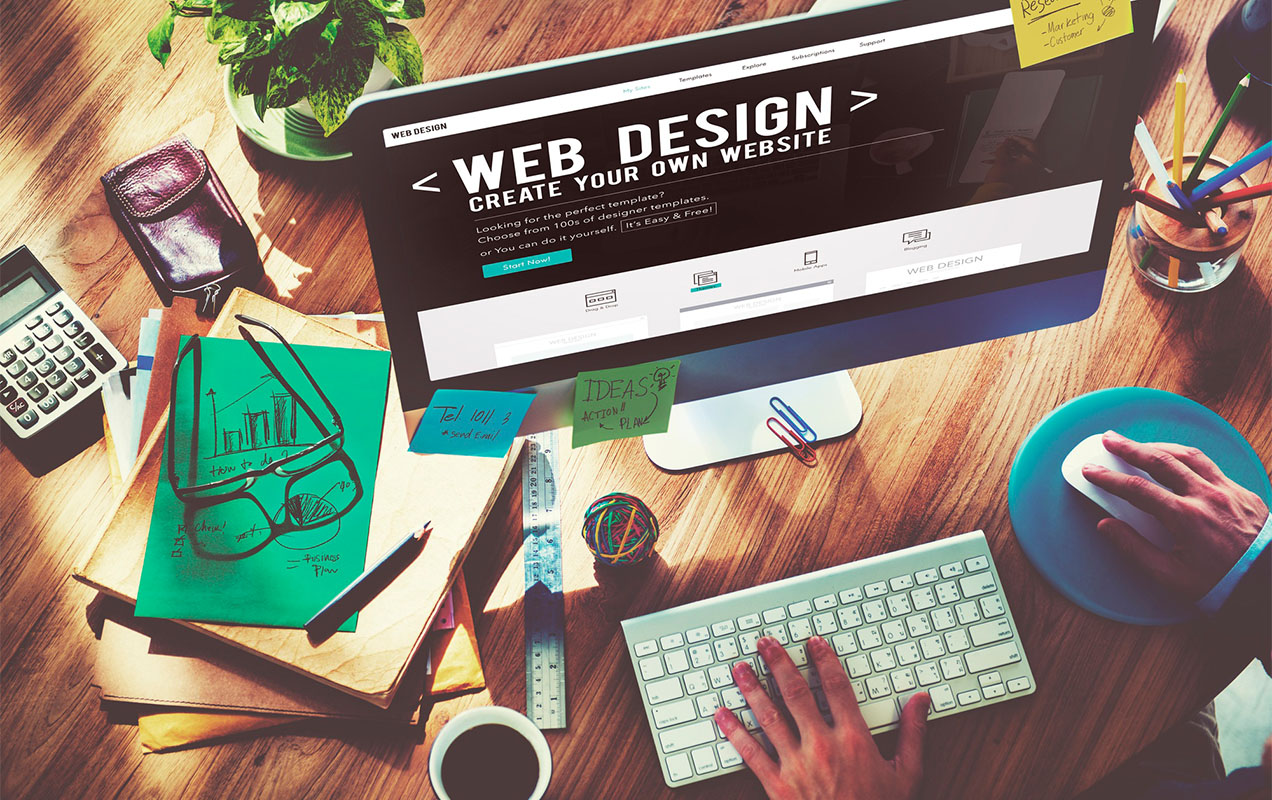The Evolution of Publication Design in the Digital Age
Publication design has transformed significantly in the digital era. This blog explores the evolution of publication design, blending traditional methods with digital innovations to create captivating experiences. This blog delves deeper into the subject, providing extensive analysis and rich examples.
Traditional vs. Digital Publication Design
Traditional print publications rely on
structured layouts, while digital designs embrace interactivity and dynamic
content like embedded videos and animations. This detailed point emphasizes the
significance of the topic, offering deeper insights and practical examples.
Expanding further, we include statistics, anecdotes, and extended discussions
relevant to modern trends and challenges.
Key Trends in Modern Publication Design
1. Minimalist Aesthetics: Clean, simple
layouts enhance readability.
2. Data Visualization: Infographics make complex information accessible.
3. Interactive Features: Digital publications engage readers with clickable
elements. This detailed point emphasizes the significance of the topic,
offering deeper insights and practical examples. Expanding further, we include
statistics, anecdotes, and extended discussions relevant to modern trends and
challenges.
Benefits of Integrating Print and Digital
Combining print and digital design creates
a cohesive brand presence, appealing to diverse audience preferences. This
detailed point emphasizes the significance of the topic, offering deeper insights
and practical examples. Expanding further, we include statistics, anecdotes,
and extended discussions relevant to modern trends and challenges.
Conclusion
Publication design continues to evolve,
bridging the gap between print and digital media. Embracing these changes
allows brands to stay relevant and effectively communicate with their audience.
By expanding on these elements, businesses can gain a more comprehensive
understanding.
Overlaps
Publication Designs, Digital Media



